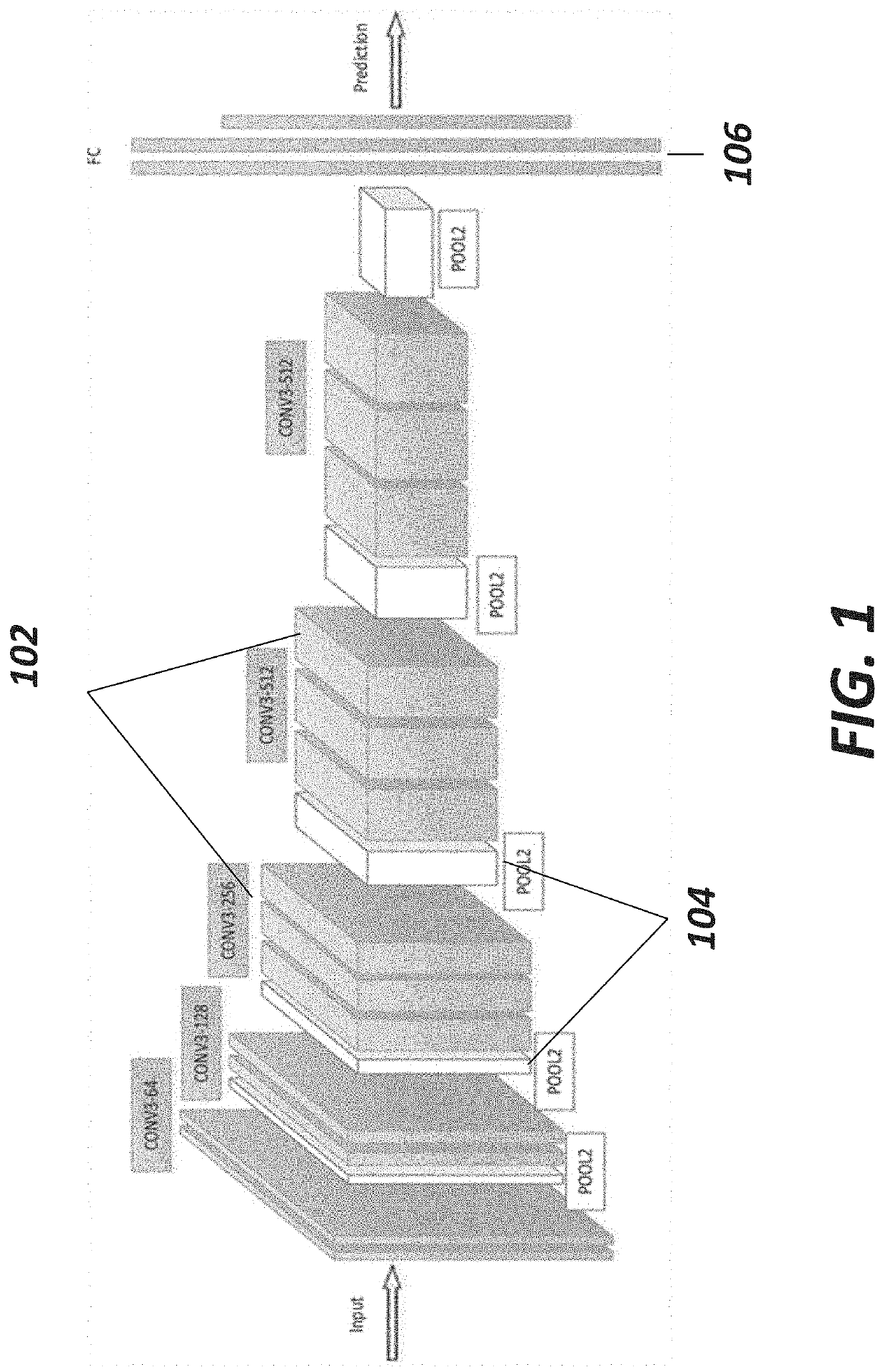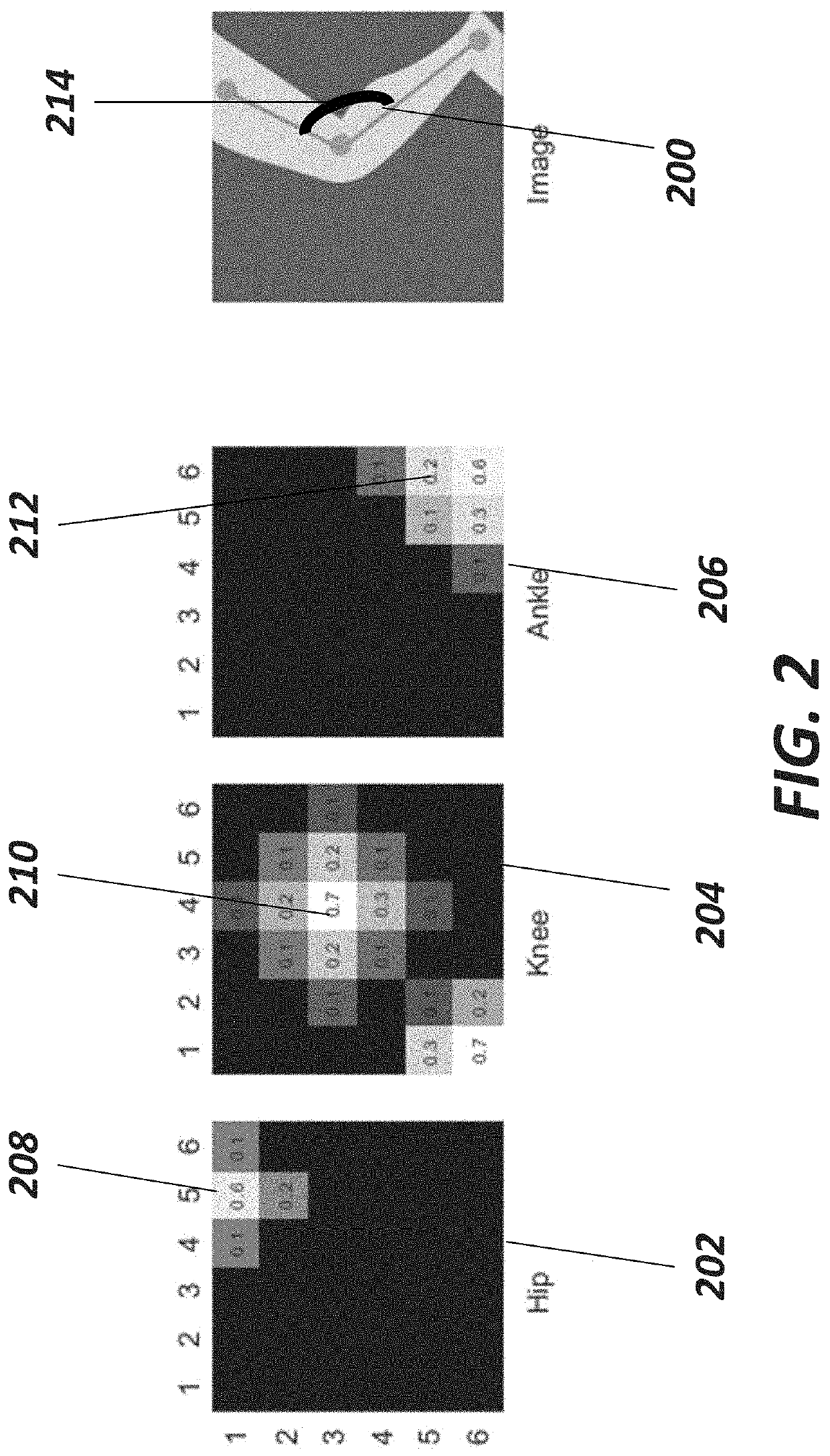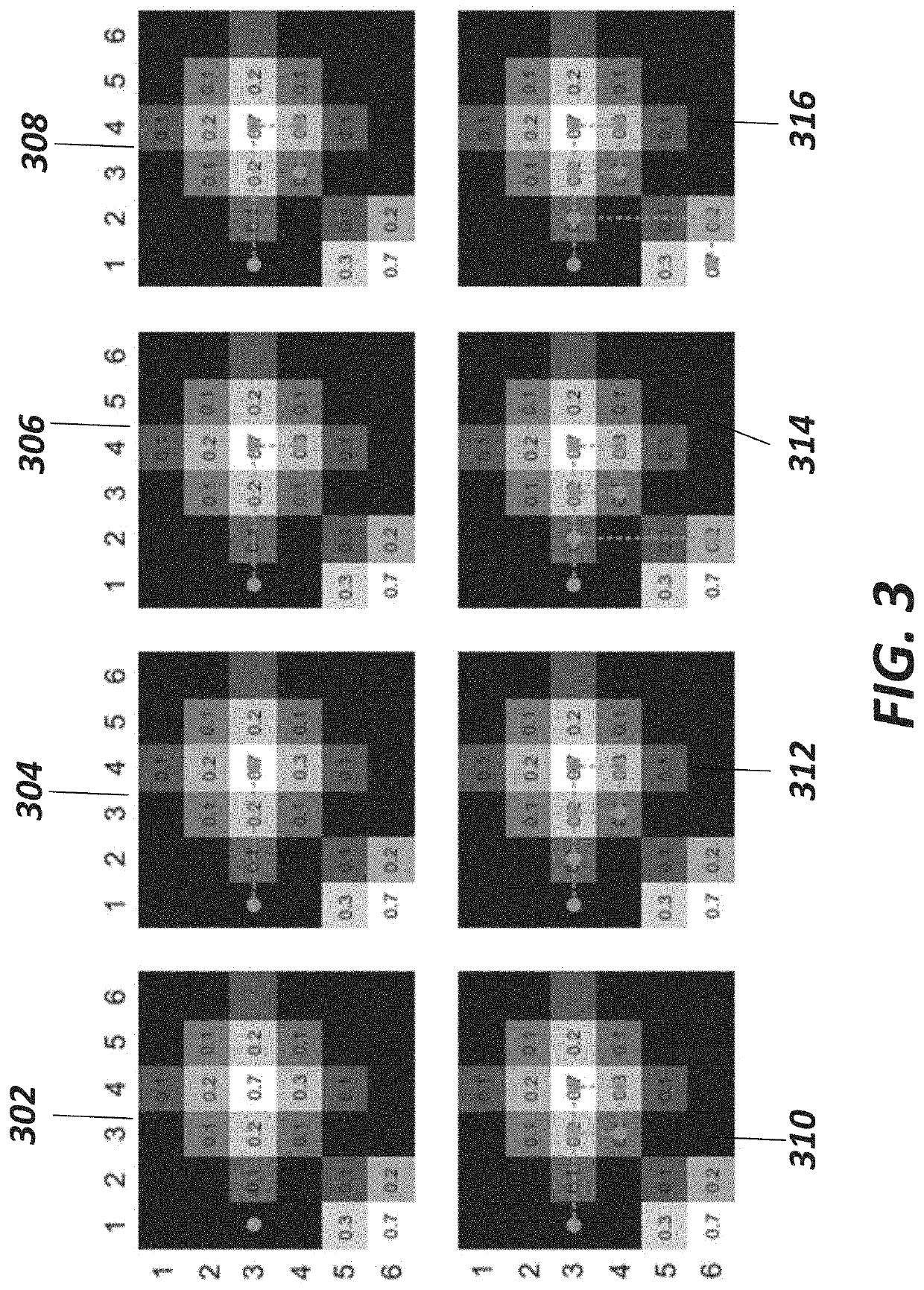Computer based object detection within a video or image
a computer and object detection technology, applied in probabilistic networks, instruments, biological models, etc., can solve the problems of poor image performance of dnn, inaccurate predictions, and less control of cnn work by researchers, so as to improve the accuracy and reliability of video and image analysis, improve the accuracy of cnn work, and improve the accuracy of analyzing images
- Summary
- Abstract
- Description
- Claims
- Application Information
AI Technical Summary
Benefits of technology
Problems solved by technology
Method used
Image
Examples
embodiments
[0131]In an aspect, a computer-based method for locating an object of interest or factor of interest within a video comprising a plurality of frames comprises: inputting the video into a machine learning algorithm; generating a heatmap from a frame of the plurality of frames with the machine learning algorithm, wherein the heatmap provides a likelihood of a presence of the object of interest or factor of interest at each of a plurality of locations within the frame; and analyzing the heatmap using a statistical technique thereby locating the object of interest or factor of interest within the video. In some embodiments, the number of the plurality of frames is at least 2, 3, 4, 5, 6, 7, 8, 9, 10, or greater. In other embodiments, the number of the plurality of frames is at most 10, 9, 8, 7, 6, 5, 4, 3, 2, or less. The video may be obtained through a device. The device may be an electronic device. The electronic device may comprise a portable electronic device. The electronic devices...
PUM
 Login to View More
Login to View More Abstract
Description
Claims
Application Information
 Login to View More
Login to View More - R&D
- Intellectual Property
- Life Sciences
- Materials
- Tech Scout
- Unparalleled Data Quality
- Higher Quality Content
- 60% Fewer Hallucinations
Browse by: Latest US Patents, China's latest patents, Technical Efficacy Thesaurus, Application Domain, Technology Topic, Popular Technical Reports.
© 2025 PatSnap. All rights reserved.Legal|Privacy policy|Modern Slavery Act Transparency Statement|Sitemap|About US| Contact US: help@patsnap.com



